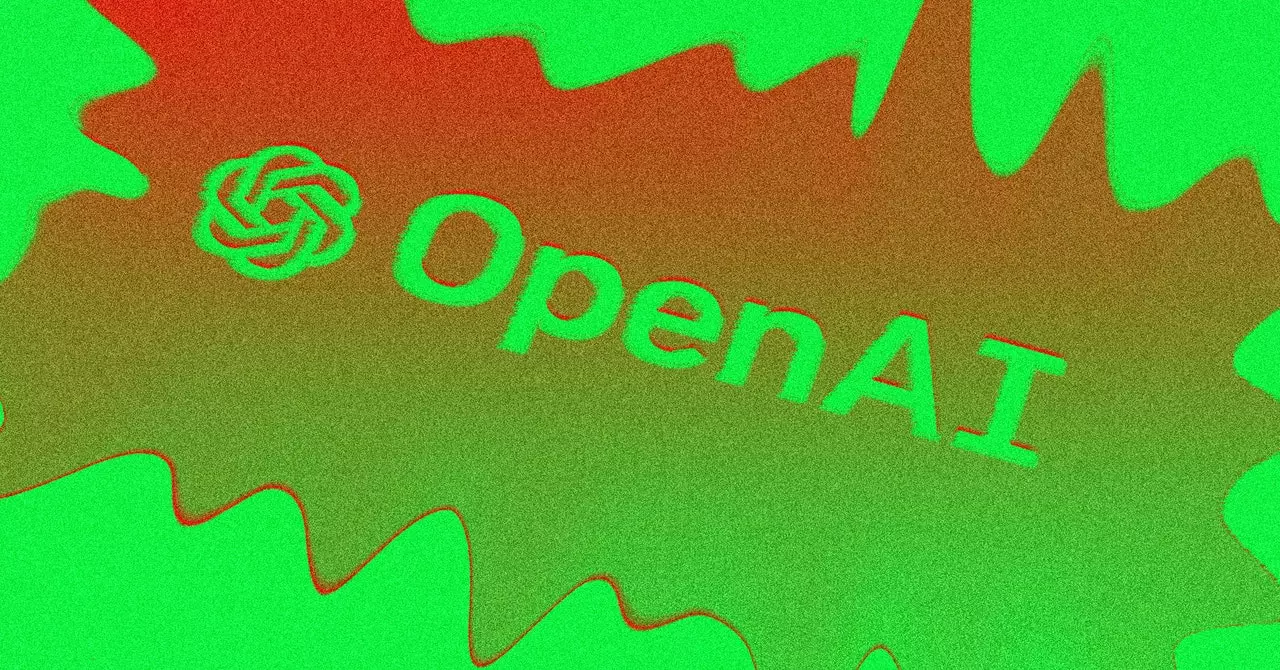In the rapidly evolving landscape of artificial intelligence, OpenAI is making significant strides that could redefine competitive dynamics in the sector. The recent announcement regarding the o3-mini model showcases OpenAI’s commitment to not only innovation but also accessibility. This move is particularly pertinent in light of the competitive pressure posed by new entrants, such as the Chinese AI firm DeepSeek, whose recent releases have captured the attention and speculation of the tech community.
Set to make its debut on January 31, OpenAI’s o3-mini is being presented as a smaller and more efficient version of its flagship AI model. This new offering promises to maintain the advanced reasoning capabilities that OpenAI is known for. In contrast to larger, resource-hungry models, o3-mini is designed to dissect complex problems into manageable components, a feature that highlights its utility across various domains. The enthusiasm surrounding this model is palpable, particularly given its potential to democratize access to advanced AI tools, allowing both Plus, Team, and Pro users of ChatGPT to harness its capabilities. For free users, while access is limited, the inclusion of o3-mini signifies a noteworthy shift towards a more inclusive approach to AI resources.
The implications of this release are far-reaching, especially as it arrives amidst heightened competition. With the rise of models such as DeepSeek’s R1, which challenge established norms in AI development and deployment, OpenAI is keenly aware of the need to remain relevant and innovative. The ability to provide a compelling alternative—especially one that boasts advanced problem-solving abilities—places OpenAI in a favorable position.
In a bid to enhance their models, OpenAI has reportedly enlisted PhD students to assist in training efforts, indicating a strategic move that may influence the quality and cost-effectiveness of future AI deployments. With remuneration for these roles set at $100 per hour, OpenAI is clearly investing in cutting-edge talent to maintain its leading edge over competitors. Moreover, the collaboration aims to develop not just any AI capabilities, but specifically those that can tackle challenging scientific coding questions, as highlighted in recent job postings.
This approach reinforces OpenAI’s dedication to advancing the boundaries of what AI models can achieve, particularly in technical fields that demand robust coding and problem-solving abilities. Such strategic recruitment embodies a foresight rooted in adaptability and responsiveness to emerging technological demands.
OpenAI’s move to introduce o3-mini cannot be divorced from the current competitive landscape that is increasingly influenced by DeepSeek. The pressure applied by DeepSeek’s capabilities to provide powerful AI tools for free not only elevates the stakes but also prompts essential considerations regarding pricing strategies among established players like Google and Anthropic. This pressure emphasizes a need for these entities to innovate not just in terms of technology, but also in pricing structures to remain appealing to consumers.
Interestingly, the context of global AI competition extends beyond corporate rivalry into geopolitical issues. As US policymakers enact sanctions to limit China’s access to advanced AI resources, the emergence of DeepSeek raises pertinent questions about the effectiveness of these measures in the face of rapid technological advancement. DeepSeek’s ability to operate within these constraints and still deliver a competitive product underscores an essential narrative of resilience among Chinese tech startups, which could prompt a reevaluation of US strategies in the global AI arena.
With o3-mini entering the market, OpenAI has positioned itself to tap into areas where traditional models have struggled, particularly in mathematics, science, and coding. The imminent introduction of new features—ranging from web search capabilities to customizable problem-solving approaches—further enhances its appeal. However, the challenge lies in maintaining a competitive edge, especially as rivals like DeepSeek continue to innovate.
OpenAI’s strategic pivot toward a more efficient, accessible AI model like o3-mini represents a significant milestone in their ongoing quest for leadership in the AI landscape. As the lines between competition and collaboration blur, the response of the tech community will undoubtedly shape the future trajectory of AI developments, potentially fostering an era characterized by increased collaboration, accessibility, and innovation. The coming months will be crucial as the effects of these releases ripple through the industry, altering perceptions of what is possible in the realm of artificial intelligence.

